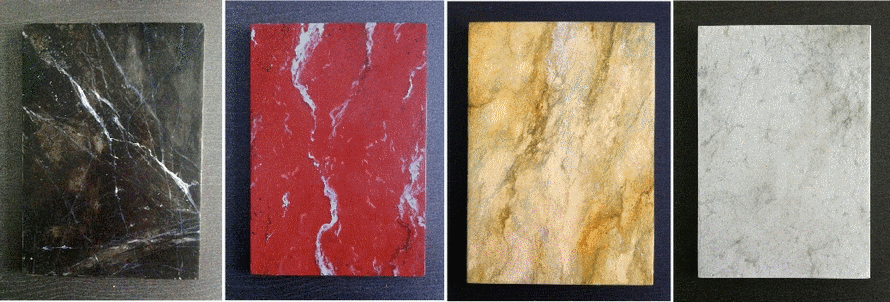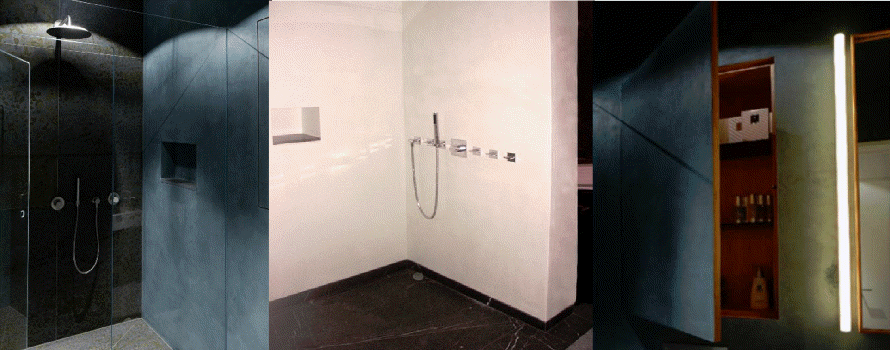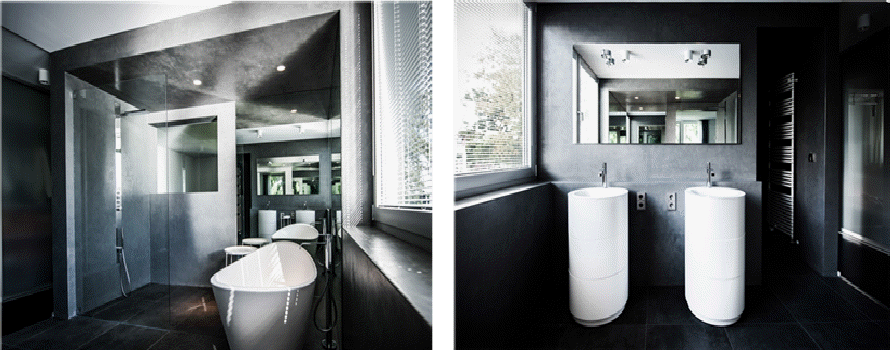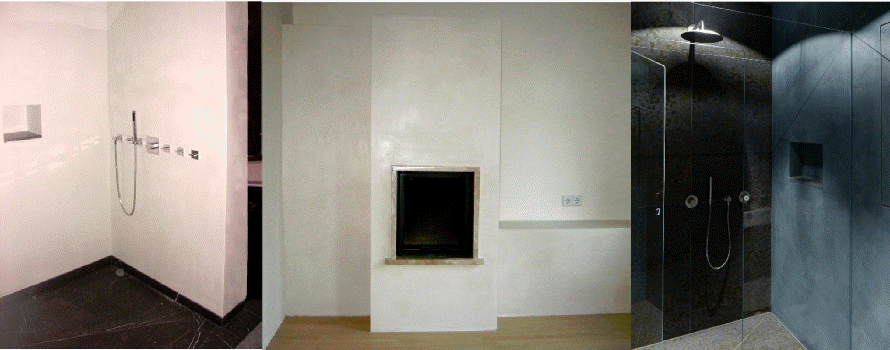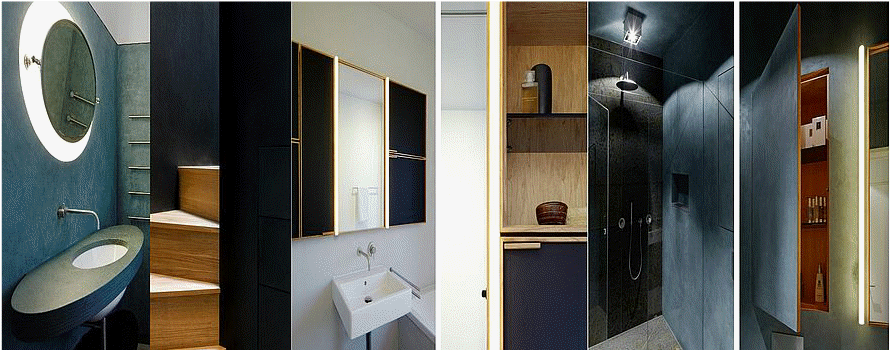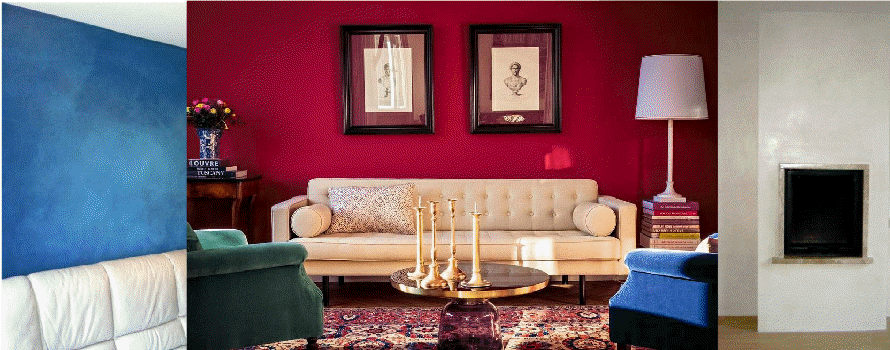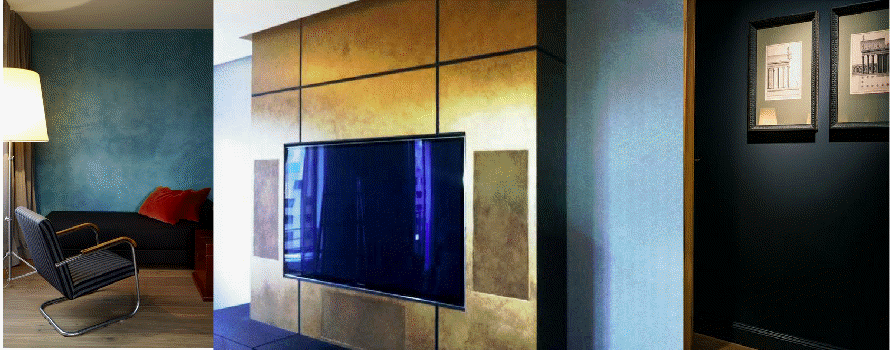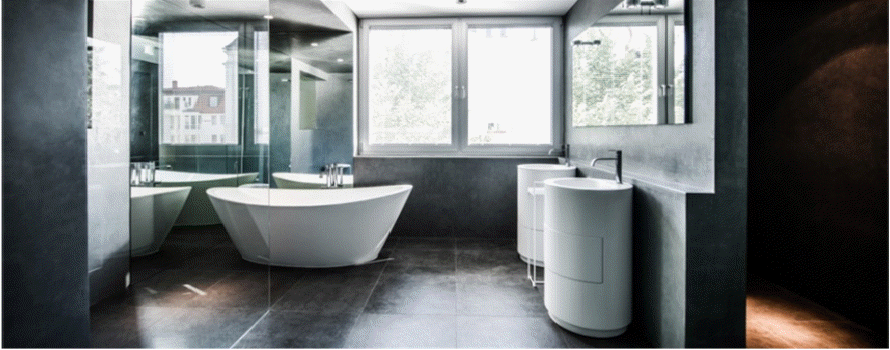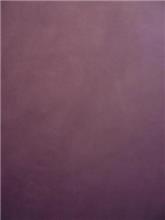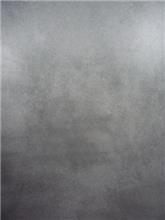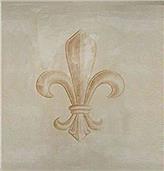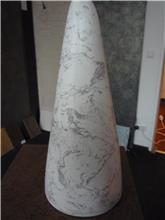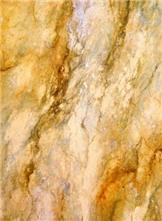Stuccolustro / Stucco Veneziano
Stuccolustro or Stucco Veneziano is a traditional wall design technique. Brightness, depth and special dynamics of the surface are fascinating. Developed thousands of years ago, the technique culminated in Italy's former empire Veneto. Lime plaster is its base. The wet on wet coated layers (fresco), of this natural raw material are neither rough nor delicate. The surface will be smoothed with Marseille soap until it has the shine and transparency of polished marble. The result will be a handmade, personal, unique piece that can be treated afterwards with pigment, paint or precious metals. Stucco Veneziano walls are worth their price. They are not only exclusive, but they will thrive for several decades, breathable, moisture-resistant, anti-fungal and anti-bacterial.

